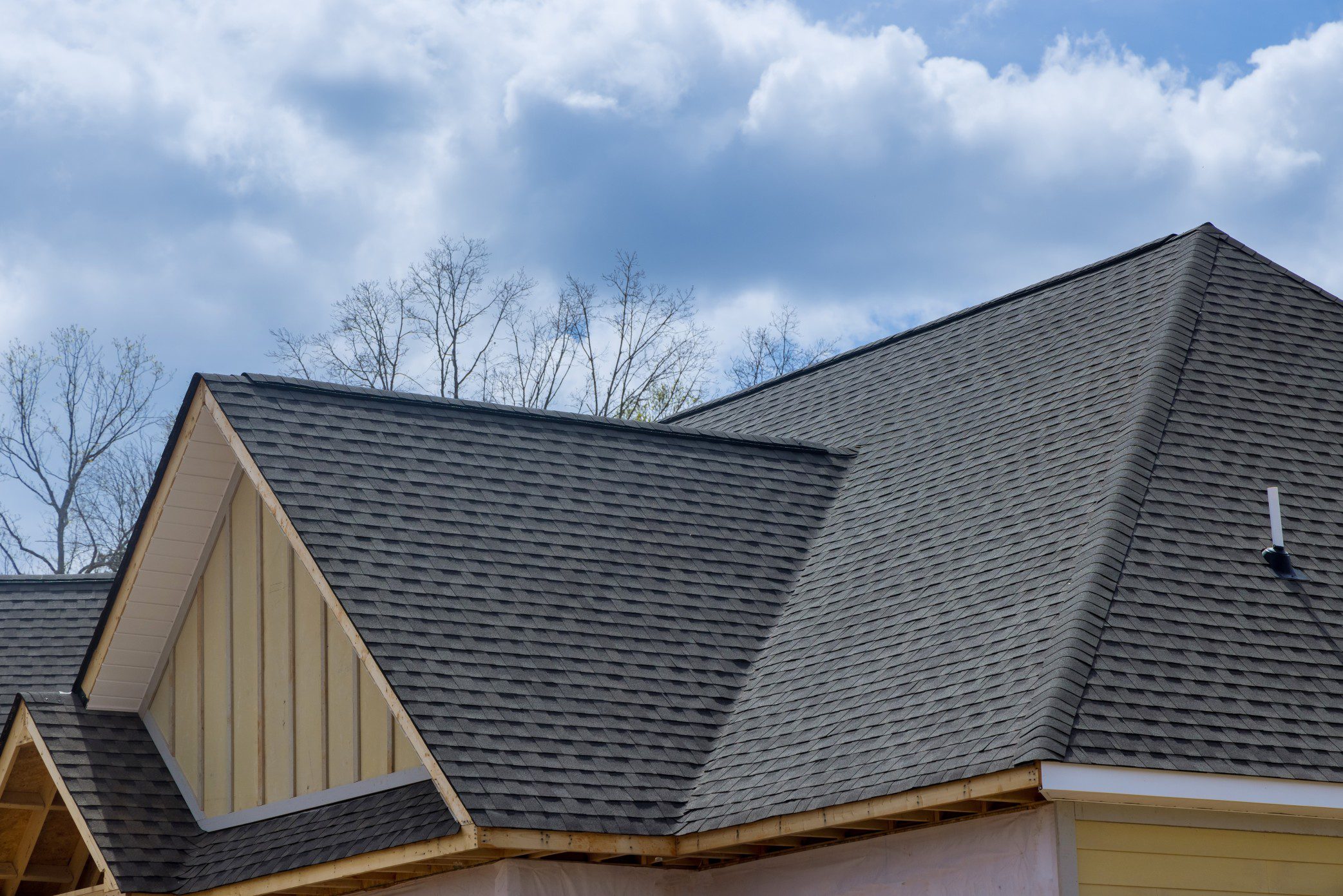
Shingle roofs can last from 20 to 40 years, depending on the type of shingle, workmanship quality, and the weather in the place the shingle roof was installed. There is a 50-year shingle but these shingles will only 30-40 years.
Has the asphalt on your roof seen better days? If so, you're likely to need an asphalt roof replacement in the near future. If you are buying or building a new home, it is maybe even more crucial to look at how long shingles last so you can understand how long your investment can last.
To what extent can you predict when it will be time to replace your asphalt roof? Roofing repairs and replacements may be pricey, so it's in your best interest as a homeowner to be aware of the typical lifespan of the roofing material you have and any likelihood that you'll need to replace it soon.
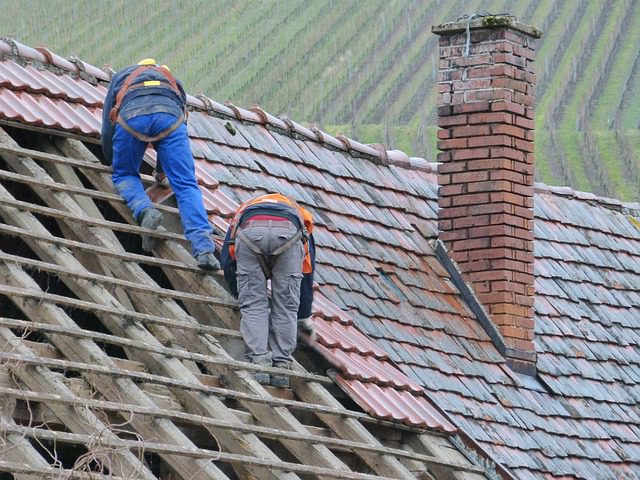
If you have ever purchased or constructed a house, you are aware that the roofing process is one of the more difficult and costly aspects of the overall project. If you want to build a new roof or buy a new one, you should be aware of how long roofs normally last in your region and the kinds of weather conditions that are typical there.
It is standard procedure to conduct a roof inspection as part of the routine due diligence process before purchasing a home. If the roof isn't up to code or has problems that could cost you money in the future, you shouldn't be hesitant to bargain for price reductions.
It doesn't matter if you're buying a home for yourself or for your business; you should look into the age and condition of the roof, as well as any specific problems or requirements that are connected to the material and design of the roof. You should have the roof inspected before acquiring a house and have frequent inspections done to check the state of your roof.
| Shingle Type | Estimate lifespan |
| Architectural shingles | 15 to 25 years |
| 3 Tab Shingles | 10 to 20 years |
| Premium shingles | 20-30 years |
| Composite Shingles | 30–50 years |
| Fiber Cement Shingles | 30 – 50 years |
| Solar tile shingles | 20-30 years |
| Wood shingles | 15 to 30 years |
The lifespan of your roof and the frequency with which you'll need to replace shingles or get other repairs done may vary depending on the type of shingles you have installed.
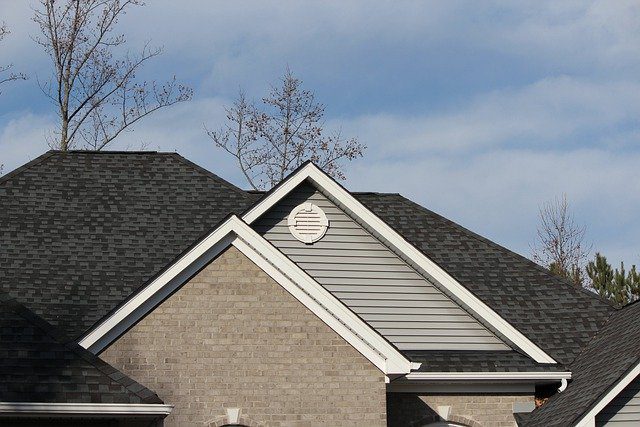
Today, asphalt shingles are by far the most popular roofing option. They are reasonably priced and backed by up to 25-year warranties, so they are standard on most newly built homes.
Asphalt shingles are a long-lasting roofing option that protects against the sun, wind, and rain thanks to their asphalt coating and fiberglass or organic basis. The asphalt on the shingles is softened by the sun's heat, and the shingles are eventually bonded together to form a waterproof seal.
Three-tab and architectural shingles are the most prevalent types of shingles used for roofing, and they can be found in both fiberglass and organic asphalt shingles. The most common type is the three-tab shingle, named for the fact that its strips are divided into three "tabs" along their lower edges.
Architectural shingles, on the other hand, have a more aesthetically fascinating, three-dimensional appearance since they are constructed with numerous layers of material to simulate the look of individual shingles.
"States like Florida and Texas receive brutal sun exposure for large portions of the year. This sun exposure degrades the shingle as the ultraviolet rays break down the volatile chemical compounds that bind the asphalt material. As the shingle loses the granules, the exposed asphalt mat deteriorates at a more heightened pace. The breaking down of the mat makes them become very brittle, and can fracture/break under wind or other loading that may have merely flexed it previously (when it had pliability). Having conducted inspections for over 20 years, I have seen roofs with little to no remaining granules. This left nearly the entire shingle mat susceptible to heightened deterioration."
Mike Powell, Owner, Red Flag Home Inspection, LLC
There are benefits and drawbacks to both fiberglass and organic asphalt shingles:
As opposed to fiberglass shingles, the price of asphalt shingles manufactured from organic elements like cellulose is more, but they last far longer. Furthermore, organic asphalt shingles are thicker and more heavily coated with asphalt.
As an alternative, fiberglass shingles are frequently used for covering an old roof with a new coating of shingles because of their reduced weight. Also, fiberglass asphalt shingles have a higher fire resistance than cellulose shingles.
Architectural shingles are up to three times thicker than regular asphalt shingles, but they still seal the same way. This results in a denser, more durable roof which results in longer warranties offered on them.
Asphalt shingles with architectural or dimensional profiles are thicker and can withstand greater wear and tear, making them ideal for areas with severe weather. While more expensive, they last anywhere from 15 to 25 years and are resistant to wind uplift at speeds of 110 miles per hour or 130 mph with expert installation and roof bracing.
Depending on the brand, warranties can last for 30 years or more. There is a price difference between architectural and three-tab shingles, but the former is universally regarded as more aesthetically pleasing.
Architectural shingles can produce a high-end look without breaking the bank since their lavish patterns are more affordable than the materials they mimic. Keep in mind that low-slope or flat roofs cannot be covered with architectural or three-tab asphalt shingles but on steeply sloping roofs with a pitch of 4:12 or greater.
Since they are very inexpensive, readily available in most places, and can last around 10 to 20 years, 3-tab shingles are the preferred type of shingle for sloped roofs.
If you live in or want to purchase a home in an area with particularly harsh winters or frequent, severe storms and blizzards, you may want to reconsider your roofing material choice if you're thinking about 3-tab shingles.
High-quality shingles have an average lifespan of 20-30 years. Premium asphalt shingles, such as architectural and dimensional shingles, may resist wind speeds of roughly 110 mph to 130 mph, depending on how they were installed.
Standard shingles are less expensive but don't compare to the premium shingles found on most luxury properties.
Composite shingles or tiles are tiles consisting of a blend of fiberglass, recycled paper goods, and asphalt, and they are designed to approximate the look of slate or cedar roofing. Price-wise, they are comparable to standing seam roofs, and their lifespan of 30–40 years is comparable to that of the roof.
It's not uncommon for composition shingles like fiber cement to survive as long as 30 years. If you're handy and don't mind climbing up on the roof, you can probably mend it or put new shingles on it yourself using one of the many resources available online.
It is essential to get your roof evaluated as soon as possible after a natural catastrophe, even if it seems to be in good health, because storms such as hurricanes and tornadoes may dramatically limit the lifespan of any roofing material.
Maximum energy production from the average solar roof shingle might be expected to last for 20-30 years or more. Even after its useful life has passed, it will continue to generate energy, albeit at a steadily decreasing rate.
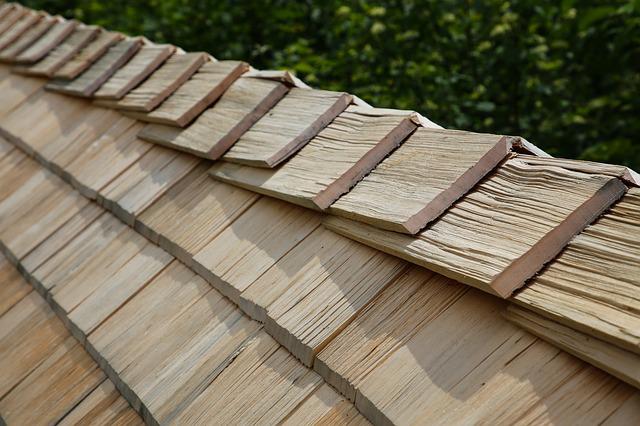
A wooden roof, depending on the durability of the shingles or shakes employed in its construction, should have a lifespan of anywhere from 15 to 30 years if it is maintained properly. Wood shakes, and shingles can deteriorate from their initial brown to a silvery gray that some people prefer after a few months.
A wood shingle roof requires regular maintenance in the form of an inspection and the timely replacement of any damaged shingles. Wood shingles have a few advantages over other roofing materials, including their low cost and ease of installation.
Because they are made from natural materials, it is not unusual to find a few damaged shingles during installation or to discover disfigurement long after the shingles have been laid. Leaks or loose shingles may result from these flaws.
Although fire retardant-treated shakes and shingles are available, the greater danger comes from the flammability of wood shingles. You should know that your premiums or deductibles for homeowner's insurance can go up if you switch to wood shingles.
Because cedar is naturally resistant to decay and insects, cedar shakes, for example, tend to endure longer than other types of hardwood shingles. Warnings that it's time to repair your wooden roof: Damage by animals, plants, or the elements which manifest as split or decayed shingles or the formation of mold and algae.
Cedar roofing is frequently chosen because it is rot-resistant, insect-resistant, and has a beautiful aspect that tends to improve with age. Depending on the climate, the existence of any overhanging trees or other vegetation that may cause difficulties, and the level of maintenance that you or your roofing contractors conduct, cedar shakes or cedar shingles can last anywhere from 30 to 40 years.
If properly maintained, a roof made of cedar shakes or shingles can survive for up to 40 years and resist winds of up to 110 mph. Wooden roofs, such as cedar shakes, shingles, and others, need frequent maintenance to last for many years.
Think of it as a yearly health exam for your roof, and schedule an inspection every year to make sure there are no leaks, fix any missing or damaged shingles, and make any necessary repairs. Cedar shingle or shake breaking or peeling signals the need for roof maintenance or replacement.
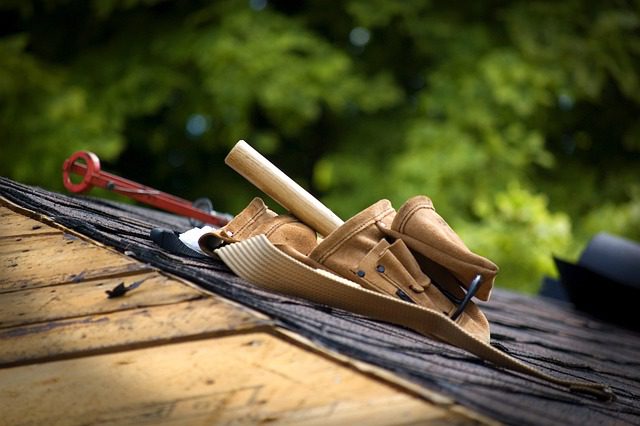
Making sure your roof is in good shape is a crucial part of getting the most out of your roof replacement budget. Proactive maintenance and annual inspections can increase your roof's durability and service life.
Following a few basic steps, homeowners and building managers may do routine maintenance on their roofs. Each season has its own set of weather and environmental factors that could damage the roof, so it's important to inspect it regularly.
Hail, high winds, and other forms of severe storm damage are possible during the spring and summer months in the Midwest. The lifespan of your roof can be extended via early detection and maintenance of minor problems.
Ice dams along the roofline or ceiling leaks are telltale signs that proper ventilation is lacking or that further issues are hiding. Property managers should check their flat roofs in the fall to make sure the necessary drainage methods are in place, there is no accumulation on top of the roof, and homeowners can remove leaves and other debris from gutters to improve drainage.
In addition to these seasonal maintenance inspections, an annual property review from an expert is a wise investment. At Modern Exterior, we do our best to ensure that your expectations for roof inspections are realistic, as annual inspections need not necessarily result in annual roof repairs.
Our crew will monitor the condition of your roof over time, and in so doing, our professionals can assist you in effectively implementing repairs when we detect indicators that you need a new roof or have a minor issue, thereby extending the typical lifespan of your roof.
The quick answer is before the current roof starts leaking since, for this to happen, you should have noticed the signs of damage on the roof. The lifespan of your roof is determined by the material used.
Examples include the 25-year lifespan of three-tab asphalt shingles and the 30-year lifespan of architectural shingles. The shingles on a roof made of wood can endure for up to 30 years, but it's possible that you'll have to replace them sooner than that since they require proper maintenance.
Comparatively, solar tile shingles have a projected lifespan of around 30 years.
Although the period of the warranty on a roof is often less than the roof's estimated lifespan, the warranty is still in effect in the event that a significant storm or some other event causes the roof's expected lifespan to expire earlier than expected. The owner of the home can have peace of mind knowing that the cost of any unplanned roof repairs will be covered if they take this action.
You can have confidence in the knowledge that you will be protected for as long as you require it to be by the fact that high-quality roofing materials are built to last for a very long time.